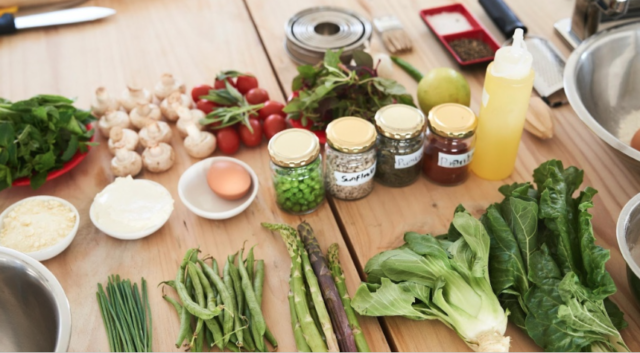HOW TO COUNT CALORIES CORRECTLY

WHO NEEDS TO COUNT CALORIES AND WHY?
HOW TO CALCULATE CALORIES IN FOODS
Nutrient Calories
Nutrients are the substances from which we get energy. There are three main groups: proteins, fats and carbohydrates (BJU). Also, the calorie content of the dish is affected by the fiber and alcohol contained in it. The table below shows the exact calculation of calories for each nutrient.
| Type of nutrient, 1 g | Calorie content, kcal |
| Squirrels | 4 |
| Carbohydrates | 4 |
| Fats | 9 |
| Cellulose | 1.5 |
Dry and raw product
If you want to count calories correctly, consider the weight of the dry product, as it is indicated in all basic tables. If this option is not for you and you eat ready-made meals, then weigh the finished product. Always count in the same way, you should not count one dish in finished form, and the other in raw.
Why is it so important? The reason is in physical and chemical processes. If you take 100 g of dry buckwheat and cook porridge from it in water without sugar, depending on the amount of water added, it will turn into 200-300 g of boiled buckwheat. Will the calorie content of the dish change? No, but in 100 g of the finished dish it will be lower. The opposite situation occurs when frying meat: it does not increase, but rather shrinks, therefore, for example, the calorie content of 100 g of raw and 70 g of fried breast will be the same (although here you need to additionally take into account the number of calories contained in frying oil).
Nuances when weighing products
- Consider the weight of the purified ingredient. Weigh an apple without a stalk, a banana without a peel, meat without a skin, etc.
- Weigh food before cooking. Why this is important for the correct calculation of KBJU, we have already described above.
- Weigh everything you eat and drink. The only exception is water. Tea, especially with sugar, alcohol, milk – all contain a certain amount of calories.